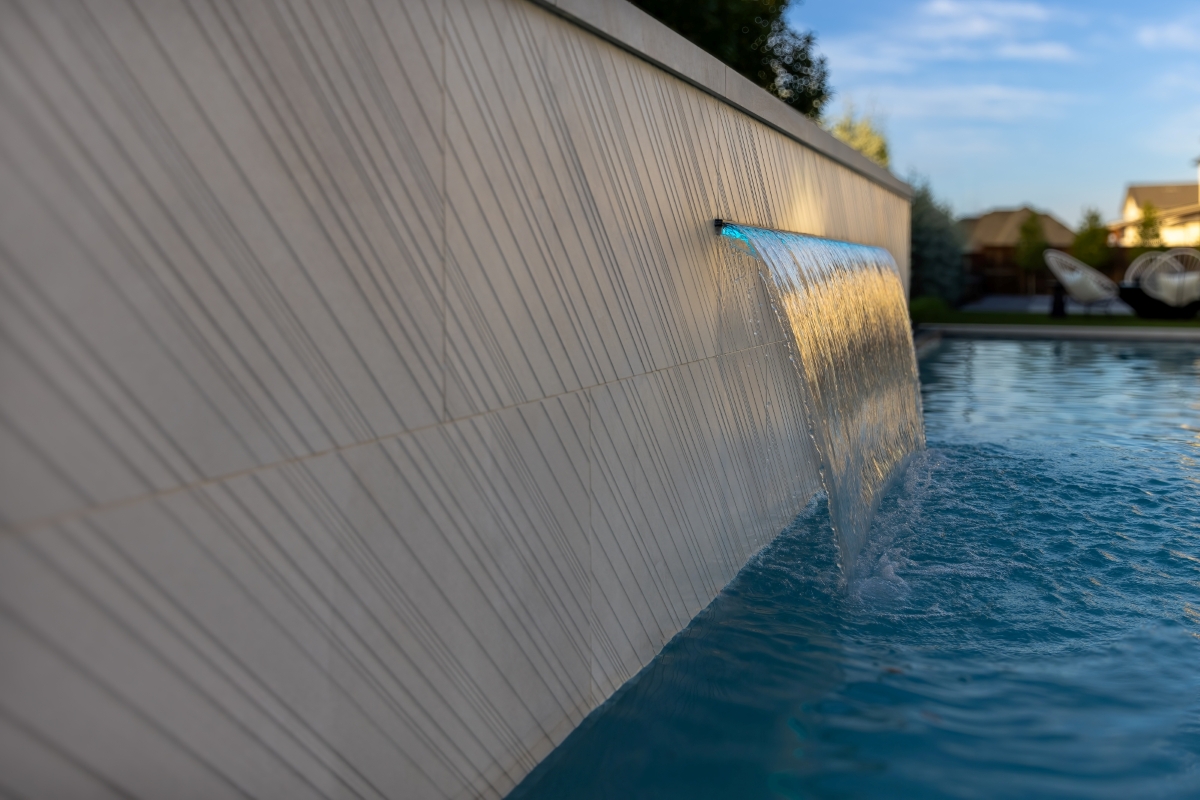Greg Howard, president/CEO of Carecraft, came into the pool and spa industry after an illustrative career — or two, depending on how you look at it.
Shortly after graduating from Colorado State University with a degree in large animal husbandry, Howard began breeding and selling cattle. Soon, he heard from ranchers how much they’d love to get their hands on a Brangus — a hybrid that’s part Brahman bull and part Angus cow.
Coincidentally, Howard had developed an interest in both breeds at a young age. As a boy, he loved watching the professionals ride Brahman bulls at the stock show and rodeo, where his parents took him every year. And his mother, an Austrian native, considered Stuart Anderson’s Black Angus one of her favorite places to get a good, old-fashioned American steak.
The hybrid had been tried out in the early 1900s, but still wasn’t commercially available on a large scale. “A Brahman bull is the one they ride in the professional rodeos,” Howard says. “They’re mean, hardy, and can be out in the sun their whole lives.” Brahmans also are resistant to disease and, like the Angus, have great maternal instincts. But they don’t make good meat.
Angus cows have complementary strengths and weaknesses. They produce tasty steaks, plus the all-black specimens look beautiful. “But you can’t put one in Utah, Arizona, or anywhere with difficult conditions and expect them to survive,” Howard says.
He decided to breed them with a process called embryo transfer. Angus cows are given a drug that makes them produce more eggs than normal. Technicians harvest the eggs, fertilize them with Brahman sperm, then inseminate the embryos into surrogate cows. The surrogates didn’t need to be Angus, which allowed Branguses to be created at a much faster rate than could occur naturally.
Howard mapped the genetics and chose the cows to breed. “I could take a herd of [lesser] cows and, 2-1/2 years later, have an entire herd of beautiful Branguses,” he says.
The breeding was successful — so much so that Howard was able to sell one of his bulls at auction for $440,000. “It was in Houston in a ballroom, where they walked [the bull] down a red carpet. Bob Hope was the MC,” Howard says. “We were all wearing tuxedos, like it was a scene from Dallas.”
From this career, it was two steps — albeit large ones — to the pool and spa industry. Through his agricultural work, Howard met Jonas Salk, the developer of the polio vaccine. Salk hoped to solve the problem of world hunger, so the two worked on a special soil amendment designed to make the ground in barren places more suitable for growing crops and help plants survive drought conditions and insects. The firm became successful and went public, which began Howard’s foray into financing other companies. In this career, he teamed up with Ron Sargent, the renowned inventor and designer of such Epcot Center masterpieces as Leap Frog Fountain. He now wanted to launch an invention called the Spa Wand. Howard arranged the sale of the product to Polaris, which soon after took him on as a shareholder and employee. After a 16-year stint with Polaris, part of it as president, Howard began working for Carecraft, a buying collective based in San Juan Capistrano, Calif.
Here’s the beef
- The breeding window is significantly longer for a Brangus cow than for English and exotic varieties. Because Brangus calves grow very quickly, heifers are ready to begin breeding at about 15 months. They also can continue breeding past 14 years of age.
- To be registered as a Brangus, a cow must be 5/8 Angus and 3/8 Brahman — the ratio that takes most advantage of the Brahman’s production benefits and the quality of the Angus meat. The parents must be recorded with the International Brangus Breeders Association.
- The Brahman bull’s ability to withstand severe environmental conditions can be attributed to its origins in India, where it had to evolve a tolerance for extreme temperatures and sparse food supply, as well as develop protections against disease and insects. The Angus hails from Scotland, which has diametrically opposed climactic conditions, as well as generous grazing.



